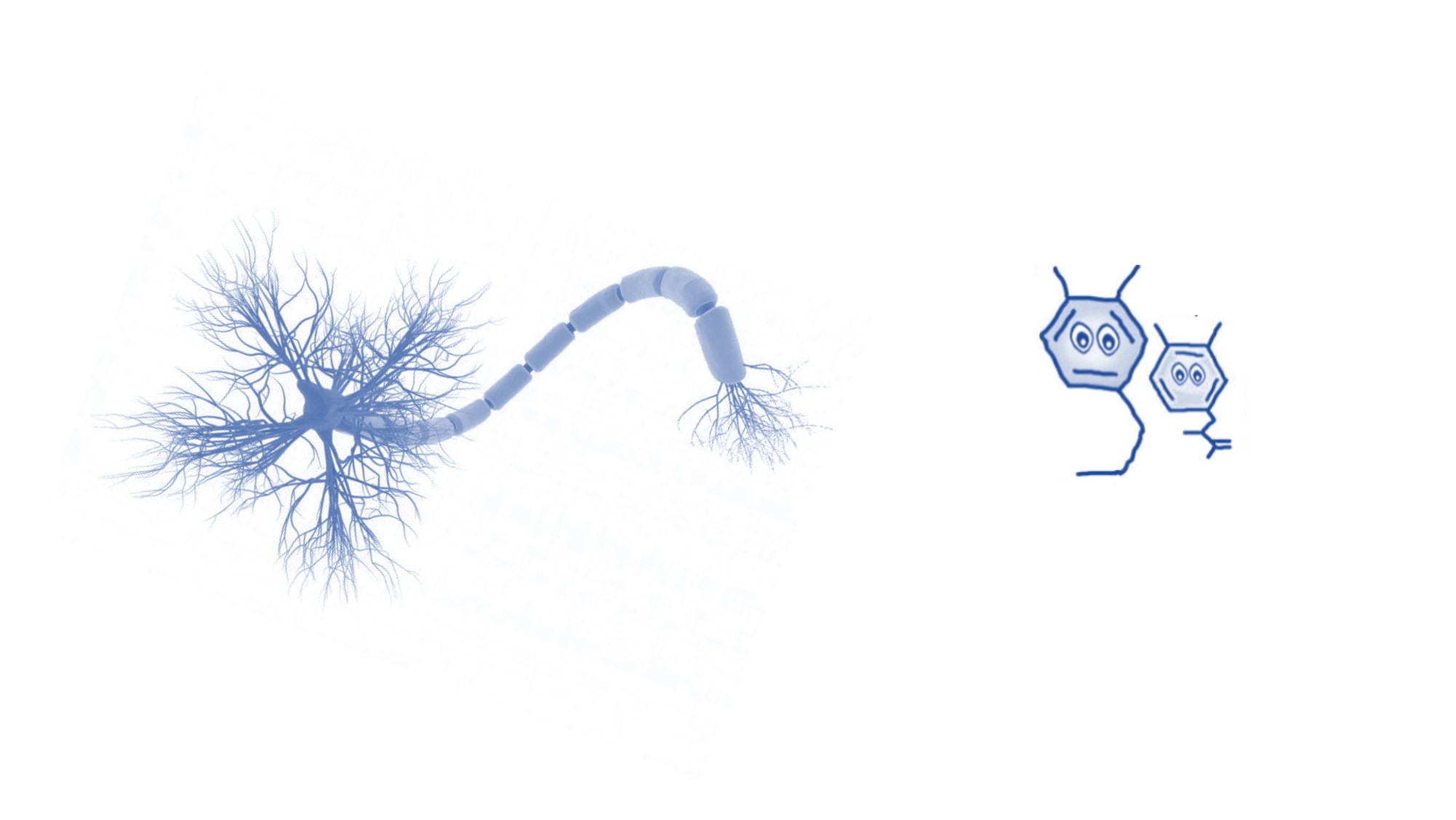Molecular and cellular neurophysiology 2024

The course “Molecular and cellular neurophysiology” focuses on the physiology of neurons and synapses. It contributes to in depth understanding of the function of nerve cells and is intended for graduate students. The course explains in detail the molecular properties and function of excitable cells, human brain development, epigenetic regulation, and synaptic plasticity, and introduces students to designing and conducting of electrophysiological experiments.
Compartments of soma and processes. Neurofilaments and axonal transport. Dendrite growth and pruning. Calcium storage and calcium sensors. Calcium pumps and exchangers.
Biophysics of ion channels: gating and selectivity mechanisms. Methods of ion channel research. Pacemaker potentials in the thalamus and cerebellum.
How to define a neuron? Phylogenic roots of the nervous system. Cell fates before and during neurulation in vertebrates. Glia: astrocytes, oligodendrocytes, microglia. Molecular mechanisms of human brain embryonal development.
Transcription and growth factors in neural development. Connexin’s role during embryogenesis. Gene and morphogenic field conception: genetic vs. electric regulation of cell fate. Electric mechanisms of regeneration.
Role of glutamate receptors in synaptic plasticity. Mixed synaptic transmission. Phase precession in the hippocampus.
Molecular and cellular factors of plasticity in the nervous system. Epigenetic modifications in the neuronal nucleus: modification of DNA and histones, RNA interference. Aplysia as a model of epigenetic changes. Epigenetic regulation and synaptic plasticity.
Protein misfolding pathologies: Huntington, Alzheimer’s, Parkinson’s diseases. Prion diseases. Prion hypothesis of memory.
Systems of RNA-editing in mammals: A-to-I and C-to-U. Adenosine deaminases. Editing of glutamate receptor RNAs. RNAe of ion channel and synaptic proteins. RNAe in cephalopods’ nervous system.
Parallels in neural and immune molecular physiology: ion channels, receptors, RNAe. Neural regulation of local and systemic immune responses. Microglia and inflammation. Neurotropic and brain-damaging infections.
Neuroendocrine cells. Hypothalamic neurons’ secretion: kisspeptins, gonadoliberins. Hypothalamic-pituitary-gonads axis and its regulation. Suprachiasmatic nucleus and seasonal breeding in mammals. Oxytocin and vasopressin as factors of sexual behavior.
Novelty seeking and dopaminergic system. Monoamine neurotransmitters and aggression. Reward system. Molecular mechanisms of drug addiction.
Principles of EEG. Sleep disorders and epileptic activity: role of GABA-receptors and T-type channels. Thalamocortical loop. Stress-induced cognitive changes.

